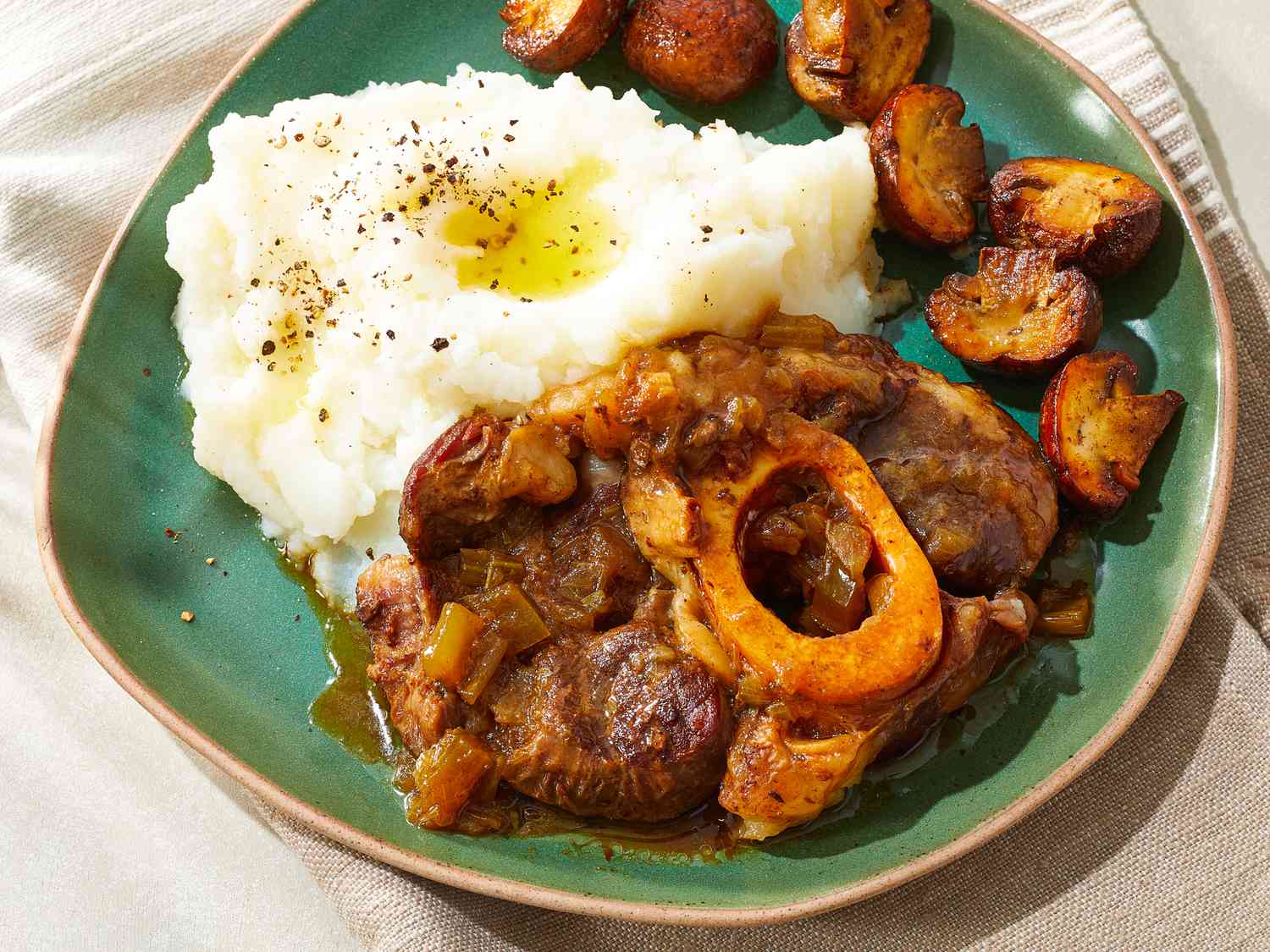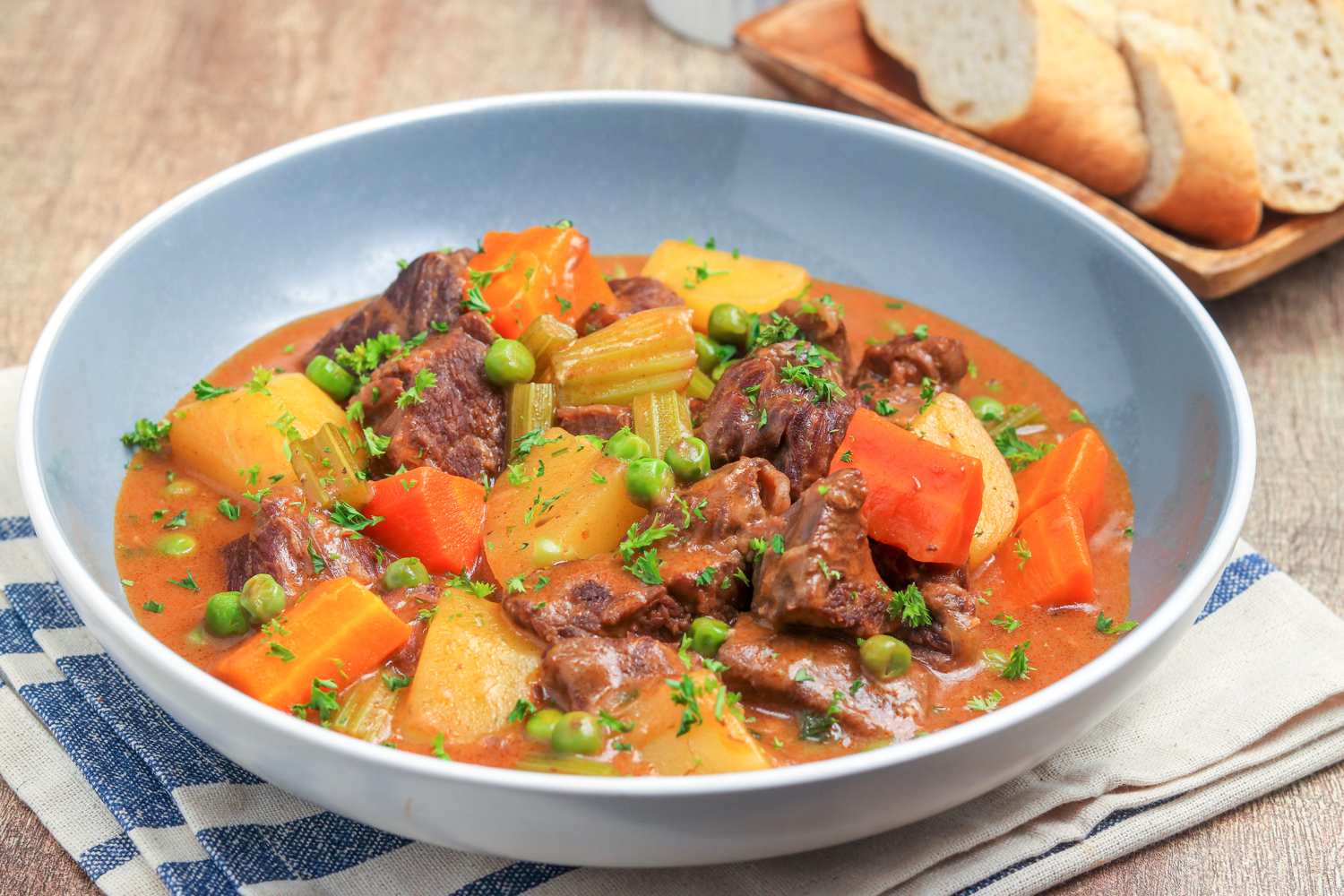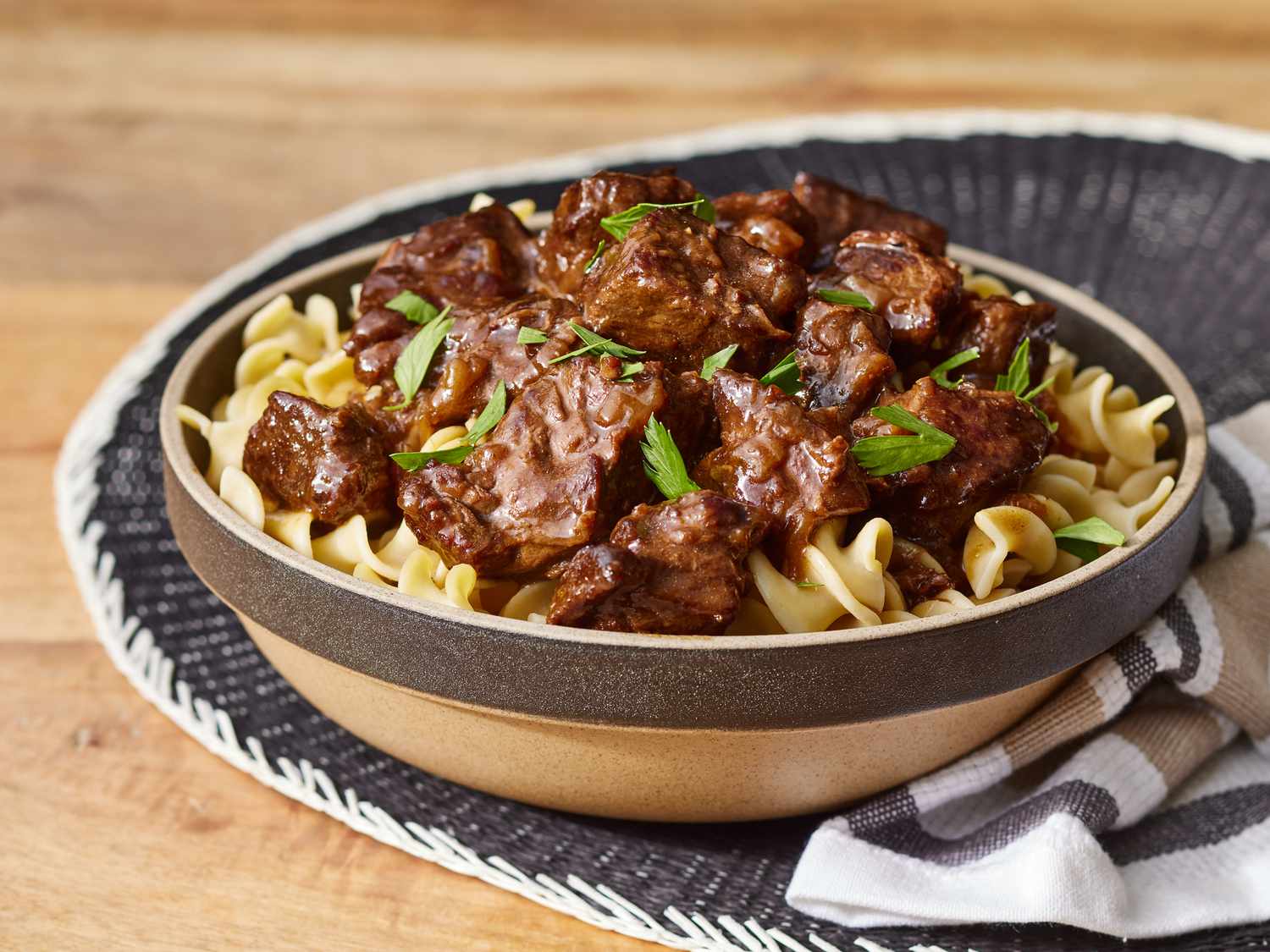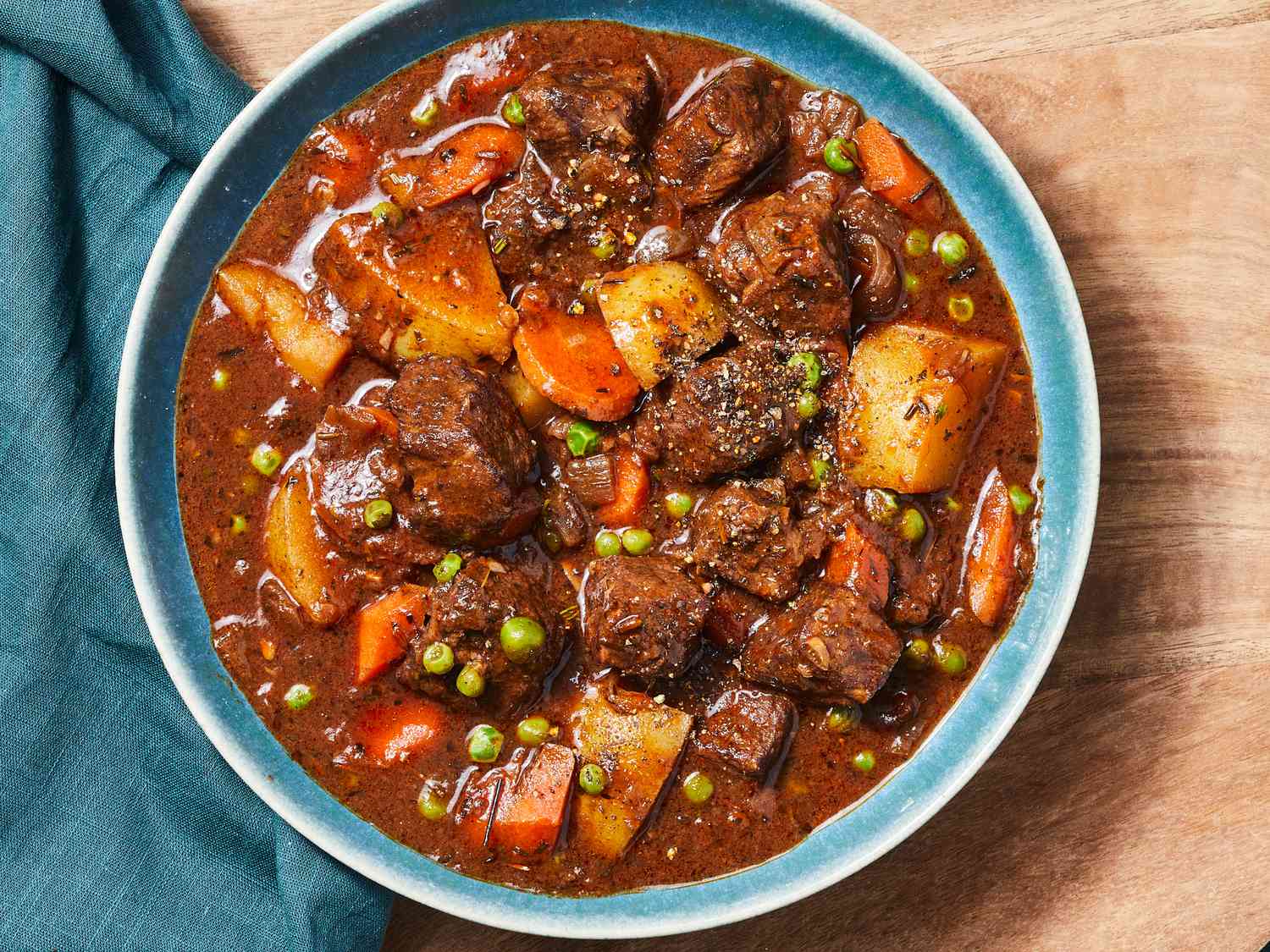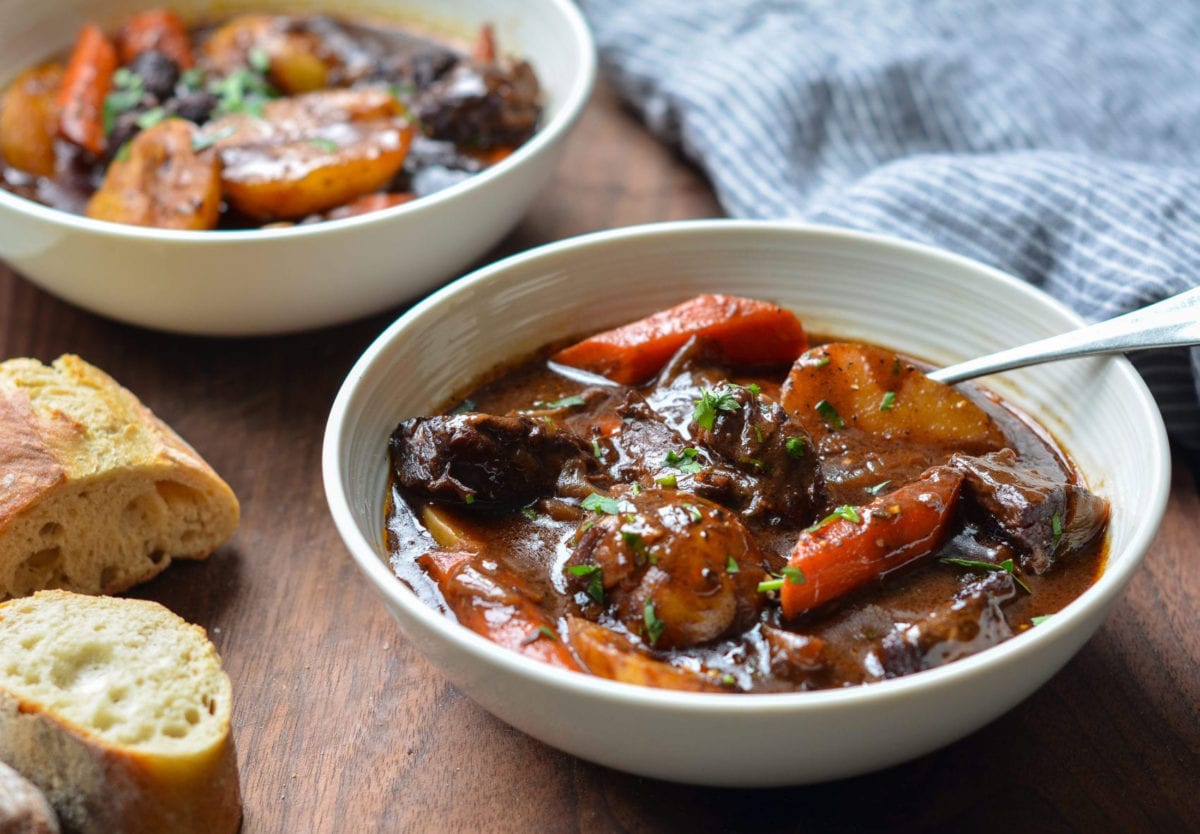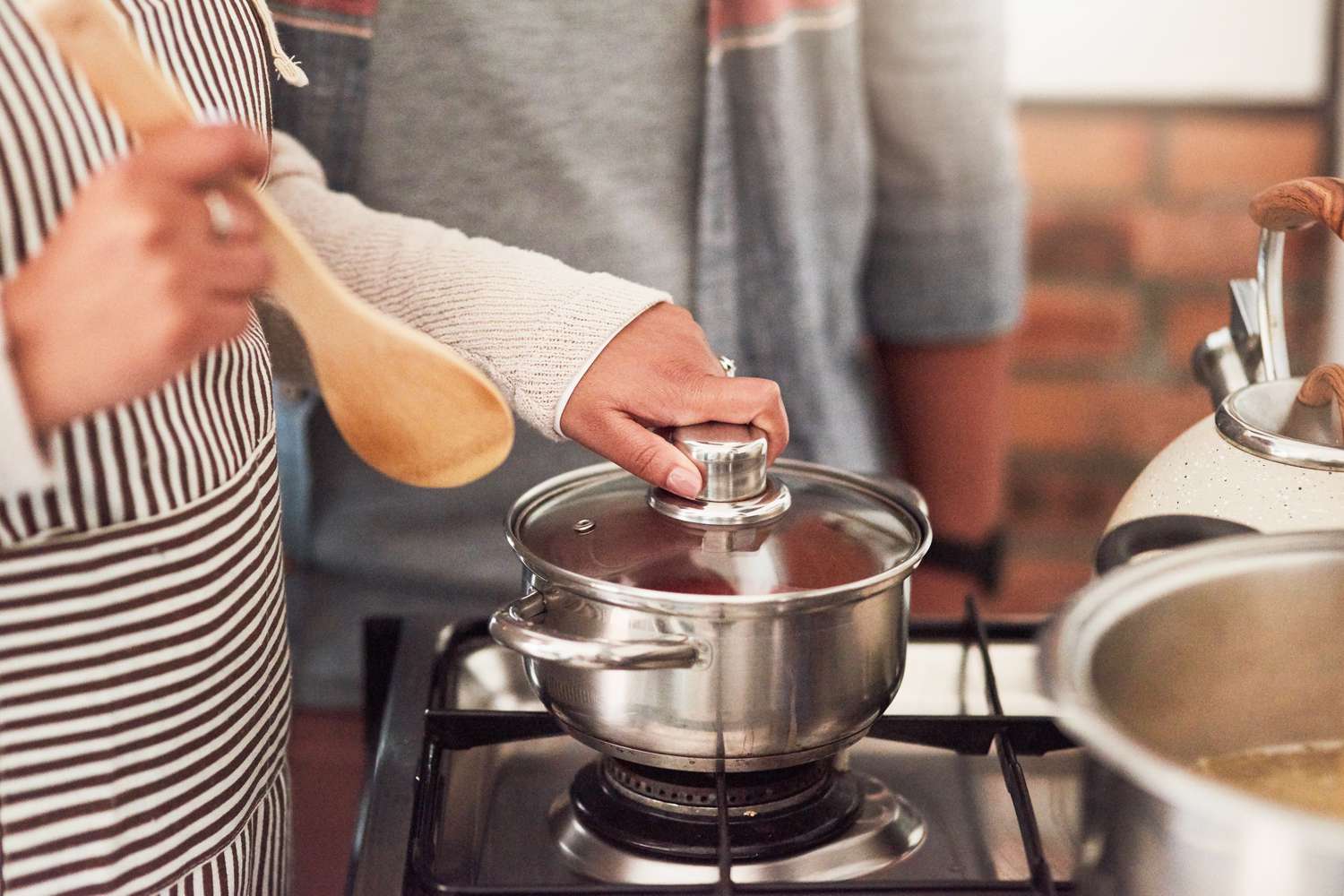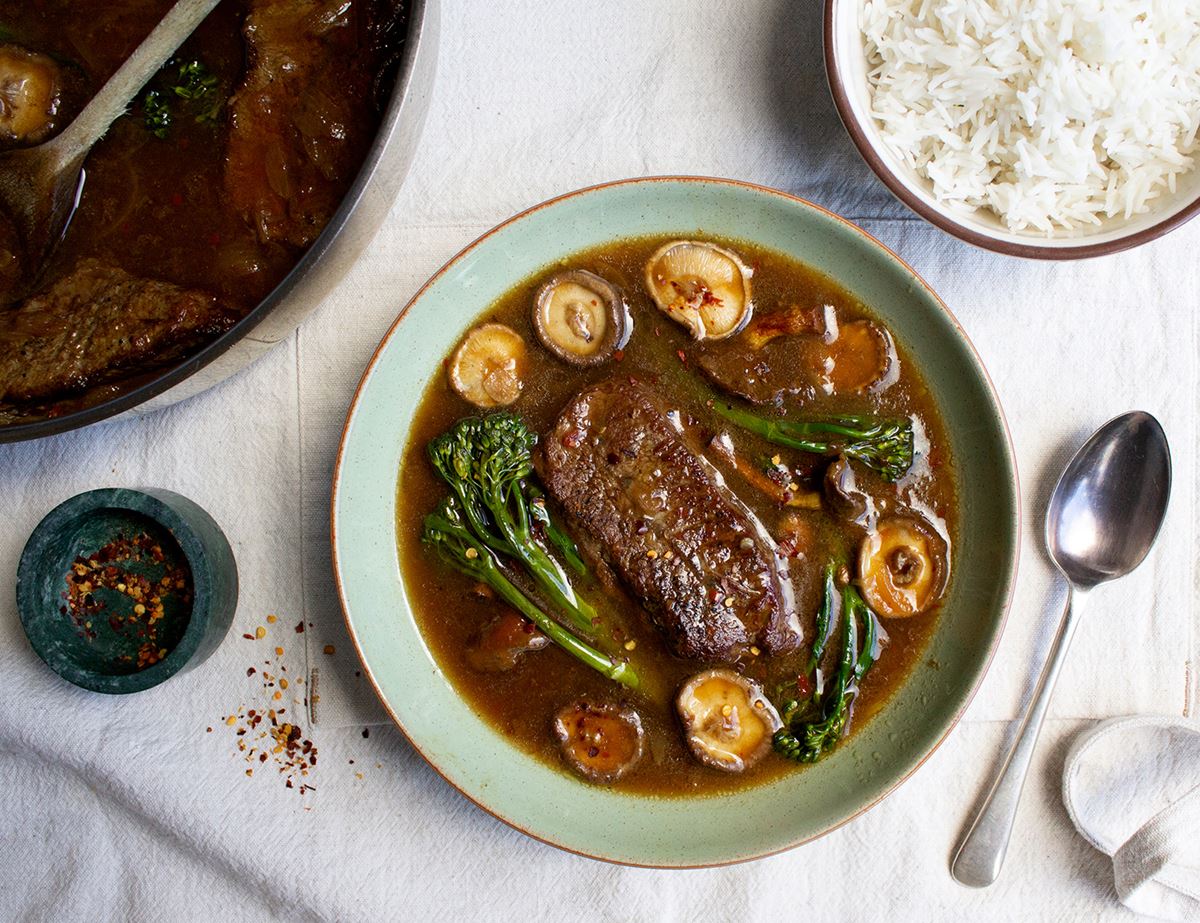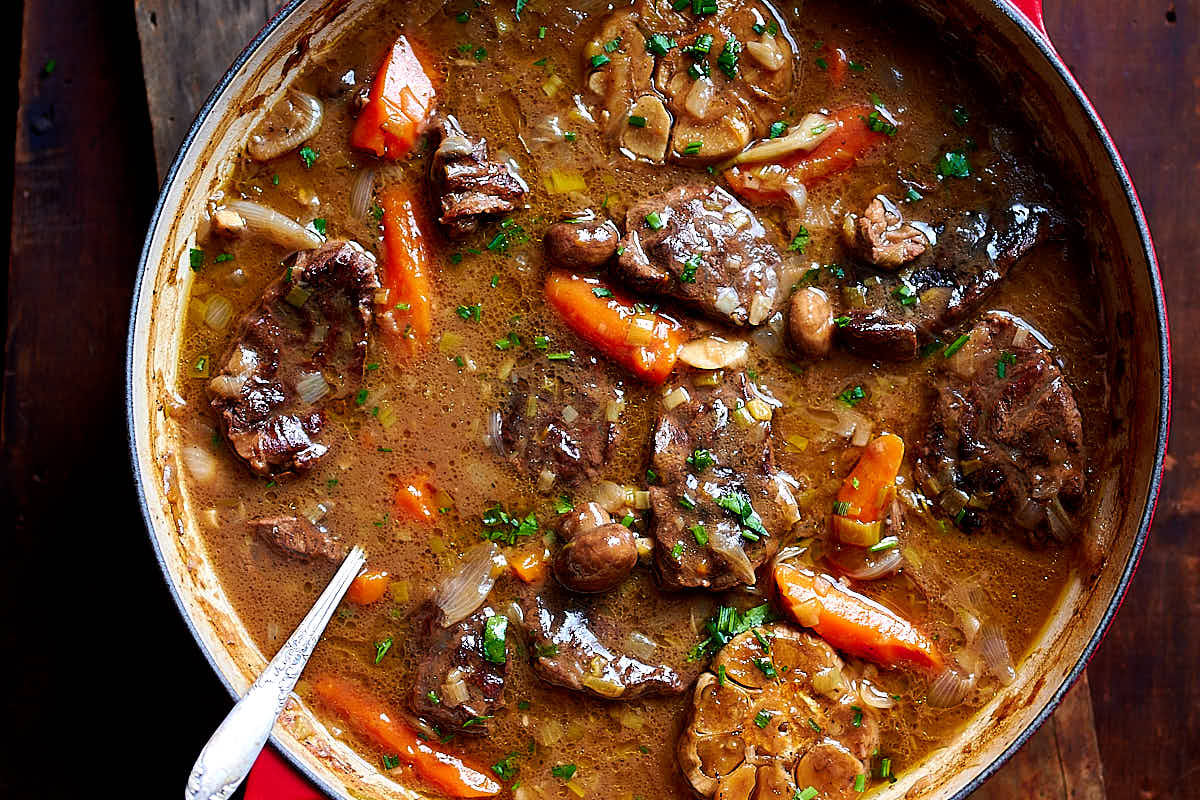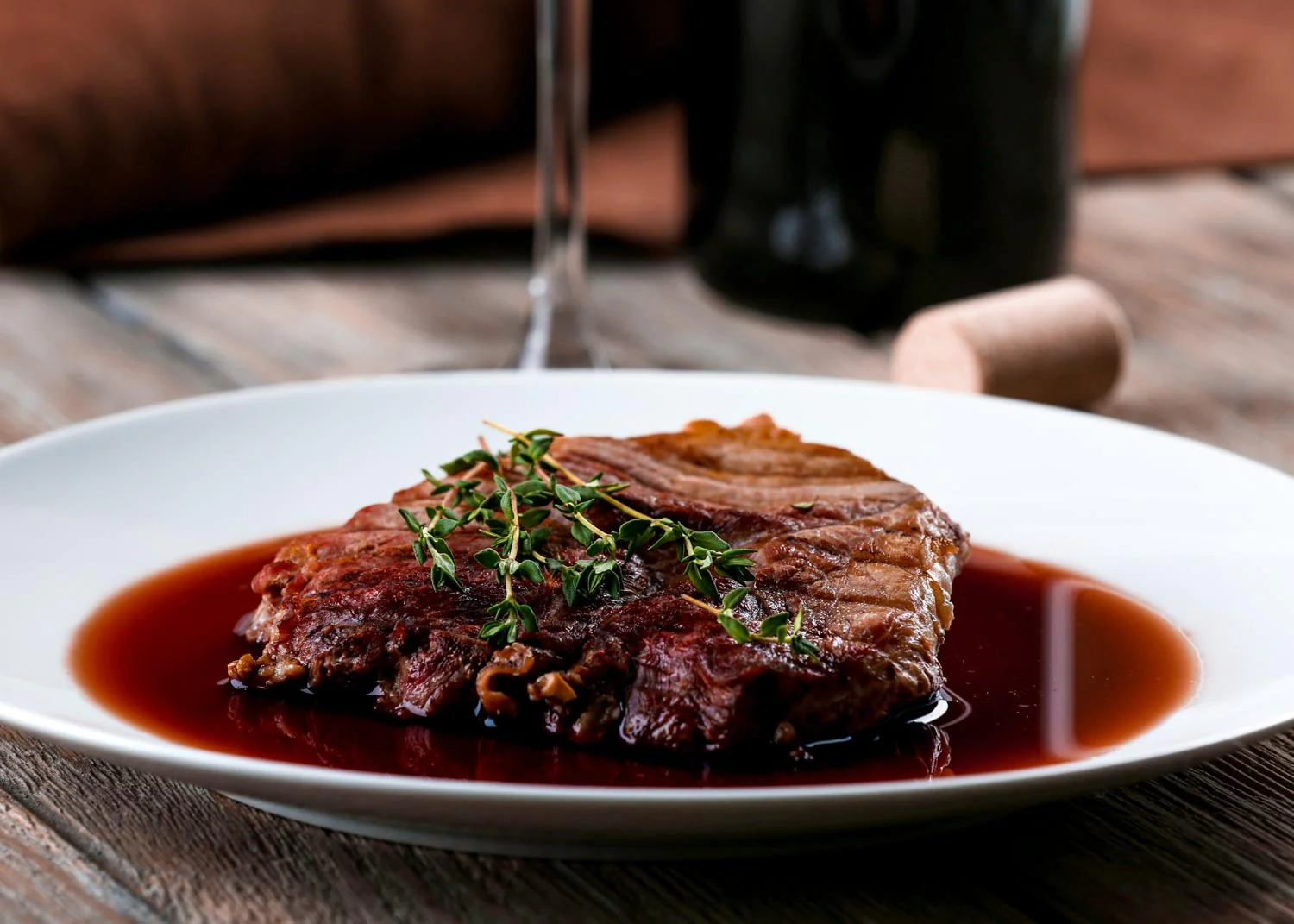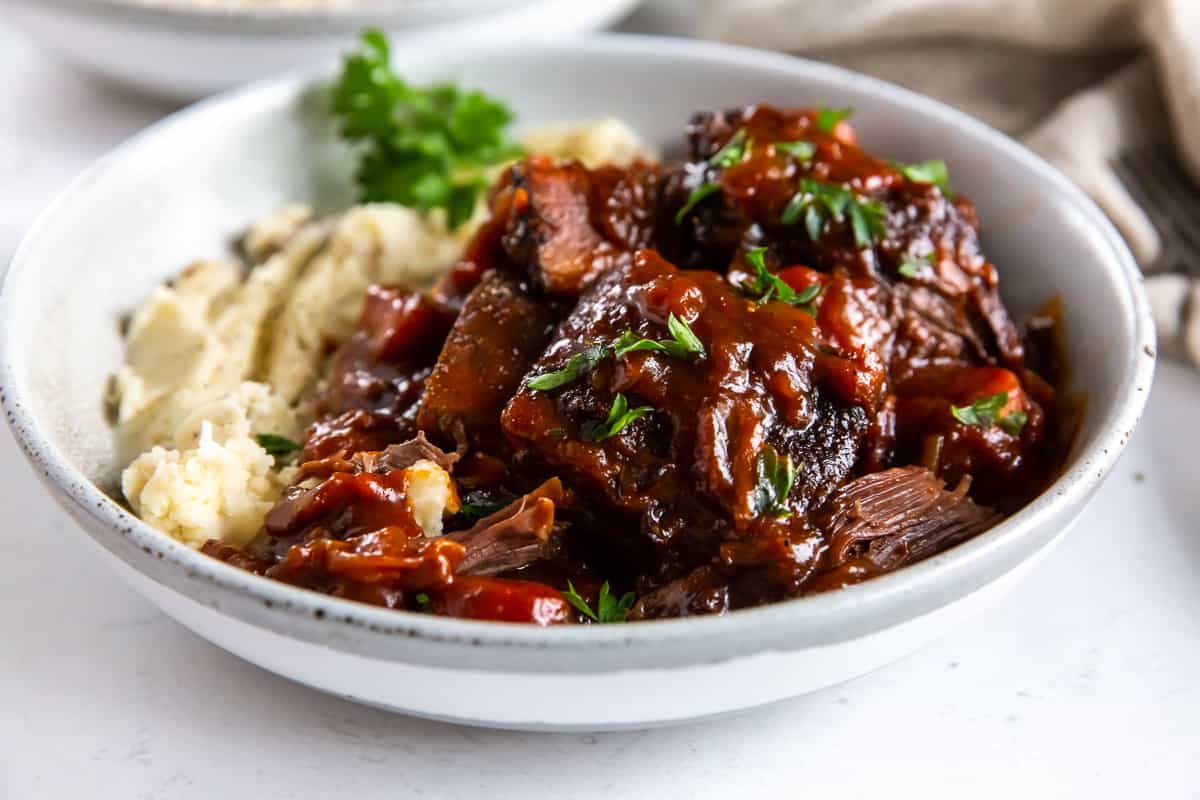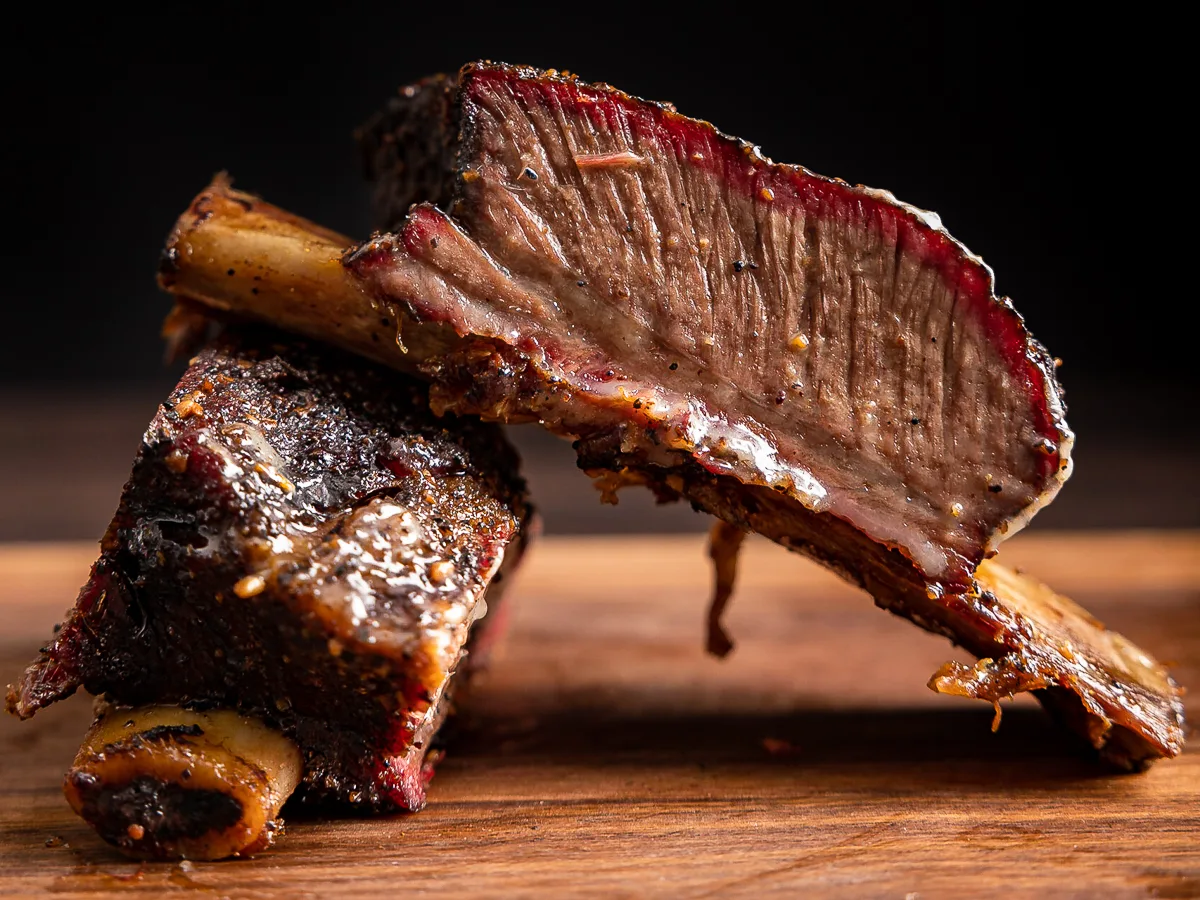Mastering the Art of Braising Beef
There’s something truly magical about the process of braising beef. The slow cooking method results in tender, succulent meat that practically falls apart with each forkful. Whether you’re a seasoned chef or a novice cook, learning how to braise beef is a skill that will elevate your culinary prowess to new heights. In this guide, we’ll walk you through the steps to achieve braised beef perfection.
Choosing the Right Cut of Beef
Before you embark on your braising adventure, it’s essential to select the right cut of beef. For braising, you’ll want to choose cuts that are rich in connective tissue, such as chuck, brisket, or short ribs. These cuts benefit from the slow, moist heat of braising, which helps break down the tough fibers and results in a melt-in-your-mouth texture.
Prepping the Beef
Once you’ve chosen your cut of beef, it’s time to prepare it for the braising process. Follow these steps to ensure your beef is ready to be transformed into a delectable dish:
- Trim any excess fat from the beef to prevent an overly greasy finished dish.
- Season the beef liberally with salt and pepper to enhance its flavor.
- Dredge the beef in flour to create a flavorful crust and help thicken the braising liquid.
Searing the Beef
Before the beef takes a long, luxurious simmer in the braising liquid, it’s crucial to sear it to develop a rich, caramelized exterior. Heat a heavy-bottomed pot or Dutch oven over medium-high heat, add a splash of oil, and sear the beef on all sides until it forms a deep, golden crust. This step not only adds incredible flavor but also helps lock in the beef’s juices during the braising process.
Creating the Braising Liquid
The braising liquid serves as the flavorful bath in which the beef will slowly cook to perfection. While the exact ingredients can vary based on personal preference and recipe, a classic braising liquid often includes:
- Beef broth or stock
- Red wine for depth of flavor
- Aromatics such as onions, carrots, and garlic
- Herbs like thyme, rosemary, and bay leaves
Combine these elements in the pot with the seared beef, ensuring that the liquid comes about halfway up the sides of the meat. This will allow for even cooking and ensure the beef remains moist throughout the braising process.
The Braising Process
With the beef nestled in its flavorful bath, it’s time to let the magic happen. Cover the pot and transfer it to a preheated oven, where the beef will braise at a low temperature for an extended period. The slow, gentle heat will work wonders on the tough connective tissue, transforming it into gelatin and resulting in meat that practically melts in your mouth.
Finishing Touches
Once the beef has braised to perfection, it’s time to put the finishing touches on your masterpiece. Carefully remove the beef from the pot and set it aside to rest. Strain the braising liquid to remove any solids, then reduce it on the stovetop to create a luscious, concentrated sauce to accompany the beef.
Serve the braised beef with the reduced sauce and your choice of accompaniments, such as creamy mashed potatoes, buttery noodles, or a medley of roasted vegetables. The result? A dish that’s sure to impress even the most discerning of palates.
Time to Braise!
Armed with these steps and a bit of culinary know-how, you’re well on your way to mastering the art of braising beef. Whether you’re cooking for a special occasion or simply craving a comforting, hearty meal, braised beef is a timeless classic that never fails to satisfy. So, roll up your sleeves, preheat your oven, and get ready to braise your way to beefy perfection!
